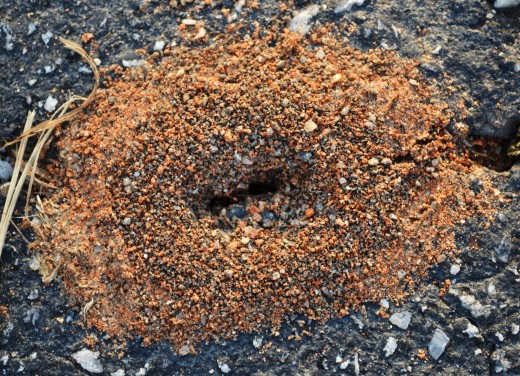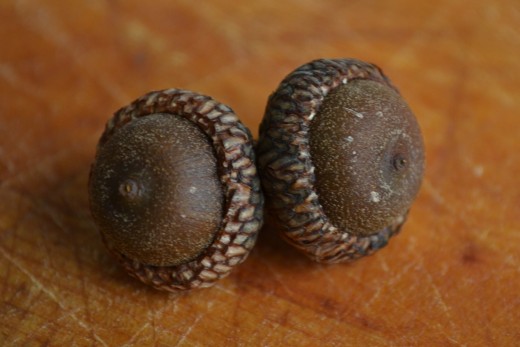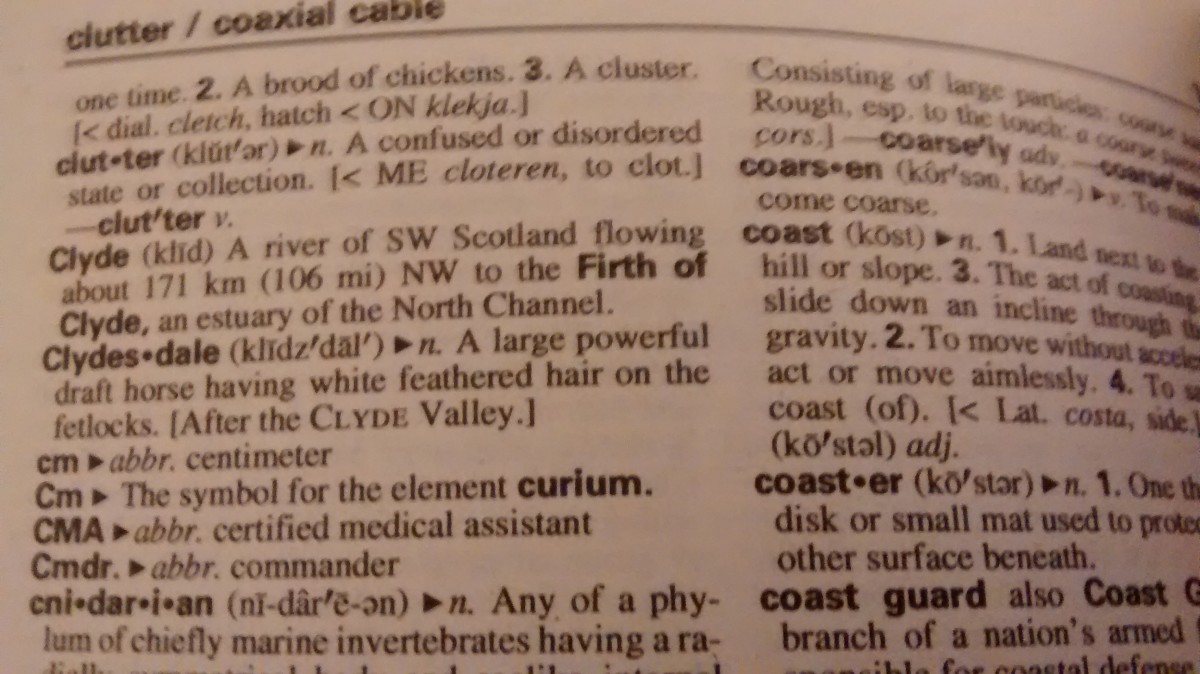- HubPages»
- Health»
- Quality of Life & Wellness»
- Personal Development
Living Wabi-Sabi, A Simply Beautiful Life
Clean and Simple is the Key


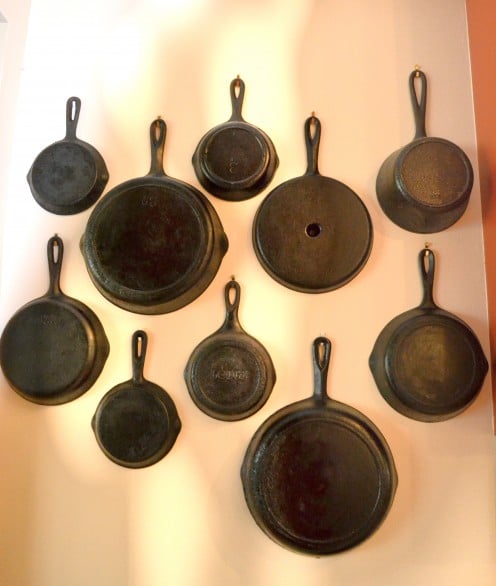
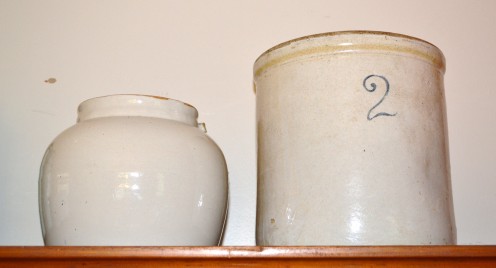

Just What is Wabi-Sabi?
It is NOT the green stuff enjoyed with sushi and is NOT something The Lone Ranger’s sidekick used to call his friend. Wabi-Sabi is the essence of a simple, clean and uncluttered lifestyle or view of life. It is living with the minimal and eliminating non-essentials and clutter. Wabi-sabi is seeing the beauty of imperfection and making it perfect by loving it anyway. It is appreciation of modest, humble and unconventional and incompleteness.
Even the term wabi-sabi is can be pared down to a more singular essence. Wabi is from an ancient root word meaning sad or lonely, desolate and alone. Over centuries it has evolved to include humbleness and being one with nature while forgoing materialism. Wabi now comes from the root wa, referring to harmony, peace, balance and tranquility.
A Wabi person is content with little or even nothing, finding beauty and freedom in the lack and enlightenment from worldly items that hold the soul captive to cares, fears, angers and greed. When the wabi person has only the most basic items, he or she becomes attentive to beauties previously unknown. These can be the joy of ant watching while learning from their industrious work and love of community and social interaction.
Wabi people are happy to be themselves and do not care to be anything else. Hollywood’s portrayal of the perfect human does not cause the wabi woman to wish for a longer nose or a flatter tummy. She appreciates the plastic perfection on the screen without feeling the need to emulate it. She can see designer clothing and footwear in the stores and walk away. The appreciation does not create a need to own it, but to enjoy it just because it exists. An old Zen saying describes Wabi as "the joy of the little monk in his wind-torn robe."
Long ago Wabi was a derogatory term and used to describe beggars and outcasts that were miserable and unhappy misfits and society’s debris. About the fourteenth century when monks and other disciplined religious persons separated themselves from worldly pursuits, Wabi became recognized as a worthy endeavor. As one abandons the chains of materialism he gains freedom in Wabi and lives freely without pretension, discrimination or greed.
Sabi is totally different and basically means appreciation of age. The basic interpretation is the “bloom of time” and focuses on the patina acquired over years of just being here on earth. It is seeing the beauty of what once sparkled but now gleams instead, what was smooth but now is lined with time. It is the rust on iron furniture, the green oxidation on copper lines.
A person who is sabi takes pleasure in the old, faded, cracked, weathered appearance of the aged whether that is person or item. The current appreciation of antiques is a form of sabi. These things are looked upon as lovely for the burden they carry, the tarnish on old silver, an abandoned landscape with only a chimney rising from the spot where a home used to shelter a family or perhaps an old town with its handmade brick buildings which bear the scars of centuries. All of these hold mysterious beauties that came only through the years.
This yearning for sabi explains why people flock to the past, visit the oldest towns we can locate, gasp at the sight of a crumbling stone artifact, and gaze longingly at ancient artifacts covered with centuries of wear and scars.
Sabi is not something that can be purchased though humans certainly try. Distressed furniture and shabby chic designs aspire to create an atmosphere of sabi. A person with a true sabi heart will discern the difference though. It cannot be manufactured, bought or acquired. It is a gift that is freely given through time and the passing of life itself.
Put together Wabi-Sabi is a love of simplicity, of finding beauty in imperfection and seeing more in less. It is accepting that all things become more valuable as they become older and less complicated. It reveres authenticity without condemning duplicity because judgment is not needed for the wabi-sabi person nor is a feeling of vindication.
Often here in America, we grab a Goliath sized mug, toss in a Lipton teabag, fill it with water from the spout and microwave it for two minutes. Then we are out the door to drink it as we commute to work in a noisy, overcrowded environment. Often, the taste is not even noticed or enjoyed. We just want the caffeine effect or a jolt of energy.
The Japanese Tea Ceremony is Wabi-Sabi
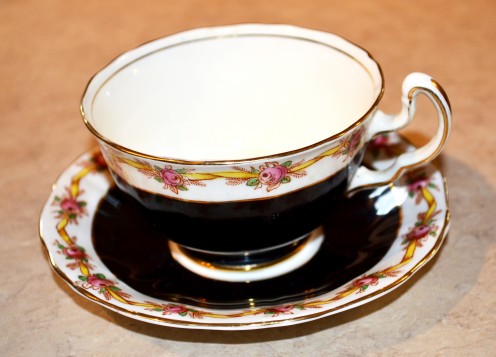
Compare this to one of the best known Wabi-Sabi experiences. It is the traditional Japanese tea service. It is a ritualistic and long drawn out appreciation of a simple act. Tea drinking is not complicated and does not involve a lot of preparation or tools. All one needs is a pot to heat water, a cup and tea leaves. Yet it becomes a meditation and renewed appreciation of the five senses when wabi-sabi.
- Touch- the warmth coming through the cup.
- Smell- the delicate freshness of the crushed tea leaves or buds.
- Sight- look deeply into the liquid to notice the caramel translucent tint.
- Hear- the water as it falls into the china cup and trickles from the tea as it is strained.
- Taste- the purity of life giving water flavored with one of nature’s best herbs.
Wabi-sabi is an acquired art for most people. It is a real way of life, simple and close to nature; frequenting flea markets instead of shopping malls, rescuing old wood for flooring rather than choosing manmade substitutes.
A Wabi-Sabi home contains minimal decorations which were chosen for their use and beauty and not because a sports hero said it was “the thing” to have. It might not have window coverings at all or they may be old silk, hand painted scarves or baby quilts rescued from yard sales and thrift stores. Every item is chosen for a reason and not just randomly purchased out of the habit of spending.
It is a soft and understated lifestyle choice that is patient and unhurried because time only adds to the value of beloved items in the home. So one waits for a desired piece of furniture or painting knowing it will be even lovelier for the length and the search for the perfect piece with patina. A wabi-sabi home and person, is one that can be considered for a lifetime, calm and uncluttered, without drama or hysterics, beautiful and never gaudy.
It might come with a downsizing in space, a learning to be content with a smaller home or a car instead of a large van. A wabibito (wabi person)does not require twenty shirts but minimizes for maximum satisfaction and usefulness. He will not be one to carry out two hundred dollars worth of product fro ma store just because it was on sale for a fraction of the cost or to clutter his little home with anything cheap or unnecessary.
Wabi-Sabi is a minimalist lifestyle that continually reduces until only the beloved and useful remains. A room may contain only a bed frame and mattress with a single unadorned quilt made by a beloved grandmother’s hands. The nightstands, if any, may be an antique writing desk with ink stains spilled from quills. The walls and textiles may contain various shades of the same color that create a cozy yet sparse interior. Yet this is not Feng Shui. There are no limits concerning placement but the focus is on seeing the value and beauty of each item in the home.
Yet it is never messy, unmade or dirty. Imperfections and worn fabrics do not include unmade beds, maniacal dust bunnies and multitudinous spider webs. An introspective love of natures is no substitute for cleanliness and organization. Even the seemingly random madness of an ant colony is for a reason and everything laid out for a purpose. A wabibito cares for her treasures sabi items, keeping them clean, oiled and polished. It is a matter of respect which brings back wabi. No one will appreciate Grandmother’s quilt if the bed is unmade and unclean, reclaimed wood is unseen if covered with crumbs and dirt from shoes. A wabi-sabi home can just seem old and outdated if allowed to be less than immaculate.
The wabibito life, home or person contains layers of quality, always presenting a part and inspiring onlookers to seek more. If one catches a glimpse of a shooting star immediately he watches and longs for another and a rainbow remains forever a treasured memory. The same is true of a wabi-sabi person, place or thing. It is the difference between a television comedy and a Shakespearean tragedy. One is quickly forgotten and one grows better known and loved through the decades that make up our lives.

Are You Wabibito?
Many artists appreciate this and live-or lived-this way. Henry David Thoreau spent time in a simple log cabin isolated from the dictates of society and produced great work. Many painters removed themselves to lonely areas and created their best works. This is much different than the “starving artist” presented as an angst ridden, poverty stricken person gaunt with hunger and depression. A wabibito eats when hungry but does not go hungry; he may write in a garret but has heat and a space comfortable enough to produce finished works of art.
Many do not have the luxury of relocating to a place of peace and quiet and must create it where they are. We live in a culture that worships chaos and noise. A conversation with a cherished friend is often cut off when a cell phone rings, dinner with the family is interrupted by a knock at the door or the chime of a computer alerting that a text message has been received. The wabibito turns these off so he can focus on what is in front of him right now. The person he is talking with is the only one on the planet, the meal on the table is looked upon as the last one to ever be enjoyed. This creates an atmosphere of peace, joy, love and an acknowledging of spirit over the material. It is the Wabi-Sabi, simply beautiful life.
Look For The Beauty and Potential in Everything
Click thumbnail to view full-size







Hints To Help
- Keep a box at or near the door you always go out. As you choose an item to give away, put it in the box. When the box is full, take it to the thrift store.
- For items you love, take a picture. Then if you ever miss it you can still see it. And without the clutter!
- Purchase sabi boxes and baskets to store papers, toiletries, etc. You will have beloved and valuable items for organization without adding plastic to your home.
- Do not strip the remaining finish or paint old items. That destroys the sabiness.
- Less is always best. Go through kitchen drawers and cabinets. Do you really need 20 knives and 5 colanders? Keep one or two and donate the rest.
- Do not buy new ink pens. Find old ones and use a refill. Your writing will be inspired.
Update
After living this way for several years now, I love it more than ever. My spirit is much more calm, my home clean and peaceful and my happiness beyond measure. I have a young child and he is learning the Wabi way of life and is a contented and joyous child.


